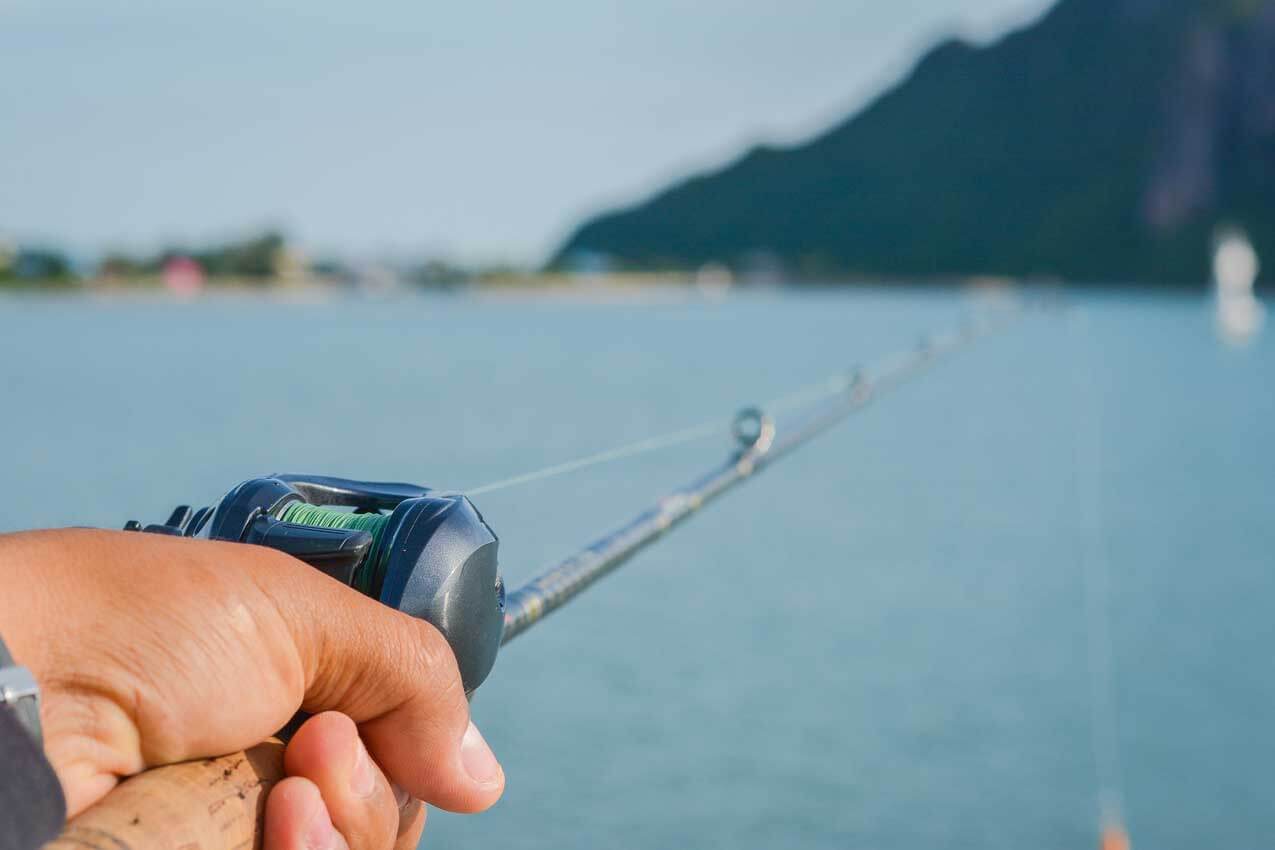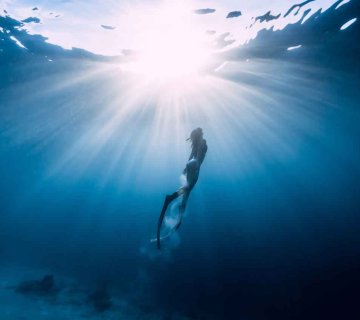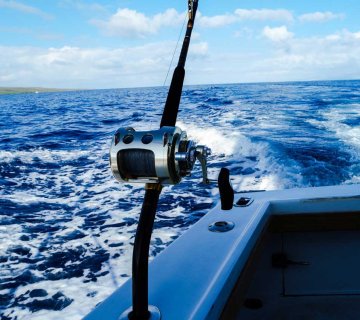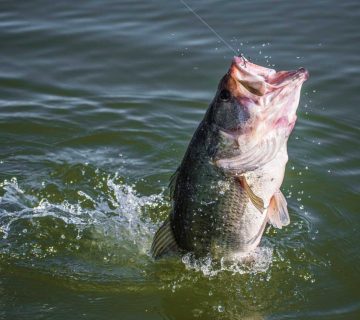If you’re scouting Miami’s shoreline for fishing techniques and tips that translate into more hook‑ups this summer, you’re in the right place. Picture sunrise over Biscayne Bay: glass calm flats, mullet rippling on the surface, and a trophy snook waiting to ambush your perfectly placed bait.
In this guide, we blend professional insight with on-the-water experience to help passionate anglers, especially those who appreciate high‑quality gear and unforgettable adventures, make the most of Miami’s sizzling inshore season. We’ll cover everything from choosing the right rods, reels, and terminal tackle to mastering live‑bait presentations, reading tidal movements, and adjusting tactics for the intense South Florida heat.
Our Summer Fishing Tips in Miami

1. Know Your Target Species and Their Summer Behaviors
Success starts with a clear game plan built around each species’ comfort zone, strike pattern, and habitat preference.
- Snook favor shady ambush points, docks, bridge pilings, and mangrove roots, where the tidal current brings bait to them.
- Tarpon roam channel edges and deep basins at slack tide, then push shallow to roll and feed as the water moves.
- Mangrove snapper patrol the hard bottom adjacent to the structure, darting out to inhale shrimp or pilchards that drift too close.
A flooding tide that peaks around sunrise concentrates snook at mangrove points, while an outgoing tide after sunset positions them under dock lights. Tarpon favor the hour before high slack during the new and complete moon cycles, when barometric pressure changes, and the current convergence of prey. Snapper feed throughout the tide but bite most aggressively at the first push of moving water when oxygen spikes. Log these patterns, cross‑reference them with moonrise and moonset, and craft a calendar of bite windows that amplify every other fishing tip in Miami tactic in this guide.
Knowing where each predator sits on the food chain clarifies your lure choice, retrieve speed, and casting angle, turning generic casts into pinpoint fishing techniques Miami guides rely on daily.

2. Dialing In the Perfect Inshore Tackle Setup
Light yet durable gear is essential when thirty‑pound snook can inhale your bait one cast and a hundred-pound tarpon the next.
Rod, Reel, and Line Combos for Casting Under Mangroves:
A seven‑foot, medium-heavy fast-action rod paired with a 3500-size spinning reel spooled with 20‑pound braided line covers most Miami inshore scenarios.
The quick tip loads small live baits without slinging them off the hook, yet locks up quickly to steer hooked fish away from prop‑eating roots and barnacle‑coated dock pilings.
In summer’s gin‑clear shallows, twenty‑pound fluorocarbon fools snapper and schoolie snook, but step up to forty‑ or even sixty‑pound when casting at trophy tarpon or bruiser linesiders around heavy structure. The trick is balancing stealth and abrasion resistance; carrying multiple leader spools and retie often is a non‑negotiable among professional captains who bank their reputation on delivering client catches.

3. Most Used Summer Techniques for Consistent Hook‑Ups
1. Live Bait
Hook a pilchard through the nose or a pinfish just forward of the dorsal fin, then cast uptide and allow the current to carry the bait naturally. Hold the rod tip low, feel for subtle taps as the bait darts, and be ready to drop the rod and let the fish swim off before driving the hook home. Freeline drifting is among the oldest summer fish techniques, yet it remains lethal because no artificial perfectly duplicates a frantic live baitfish.
Match hook size to bait girth to avoid impeding movement. Insert the hook sideways through tough cartilage rather than soft flesh; baits stay lively longer and mimic the erratic flashes predators key on.
2. Topwater Walk‑the‑Dog Lures at Dawn and Dusk
When low light cloaks the surface, snook and tarpon lures skittering above grass flats. Keep retrieving rhythmic and lengthened pauses after misses to give fish a second shot. Repeated blow‑ups spike adrenaline and convert passive onlookers into lifelong inshore addicts.
Count a slow “one‑two” between rod twitches, then vary tempo until the fish reveal their preference. In glass‑calm water, longer pauses often seal the deal; quicker cadences help predators track the lure’s path in wind-rippled chop.
3. Sight Casting Soft Plastics to Rolling Tarpon
Cruising tarpon telegraph direction with each subtle roll. Lead the fish three feet, allow the jig to sink into its line of travel, then twitch once. The inhale feels like a quick bump. Eighth-ounce heads excel on slick mornings inside sheltered basins; quarter-ounce or heavier heads reach the strike zone along windy points and channels.

4. Reading Miami’s Inshore Environment
- Using Wind Direction and Water Color to Locate Bait Schools: Inshore breezes push glass minnows against lee‑side flats; look for milky streaks where fine sediment clouds green water, signaling bait clouds stirred by predators. A faint seam where converging currents swirl holds disoriented bait and hungry gamefish. Cast ahead of the seam, allow the offering to glide naturally into the turbulence, and prepare for violent takes when the lure or bait crosses the invisible threshold.
- Mangrove Points, Channel Edges, and Dock Lights as Summertime Hotspots: Points focus current, channel edges offer depth relief, and dock lights like Biscayne Bay or Flamingo. Rotate through these locations as light and tide evolve to maintain action throughout your trip. If birds aren’t diving and the current is slack, relocate based on wind lanes and real‑time baitfish activity.

5. Essential Charter Techniques
Quiet Approaches
While renting a charter, remember that predators face into the current. Present offerings from the front, not behind, so the bait appears authentic. Anchoring or spot‑locking twenty feet upside and casting past the fish ensures your line doesn’t drag across their backs, a critical nuance in refined fishing techniques Miami guides teach first‑time clients.
Staying on the Bite Without Spooking Fish
Manual anchor pins excel in seagrass shallows, eliminating electric motor noise. Spot‑lock functions shine in eight to fifteen feet of water where wind and current fight each other, keeping you on a productive edge without constant repositioning.
Book a Local Guide or Gear Up and Hit the Water Today
Ready to elevate your summer success curve? Miami Inshore Fishing Charter pairs you with veteran captains who live these strategies daily and provide turnkey gear, from balanced tackle to curated live wells.
Reserve your charter now with pro‑tested equipment that makes these fishing techniques and tips easy to learn. Hot weather is here, and the fish are waiting. Meet them on their turf and experience Miami inshore angling at its unforgettable peak.




